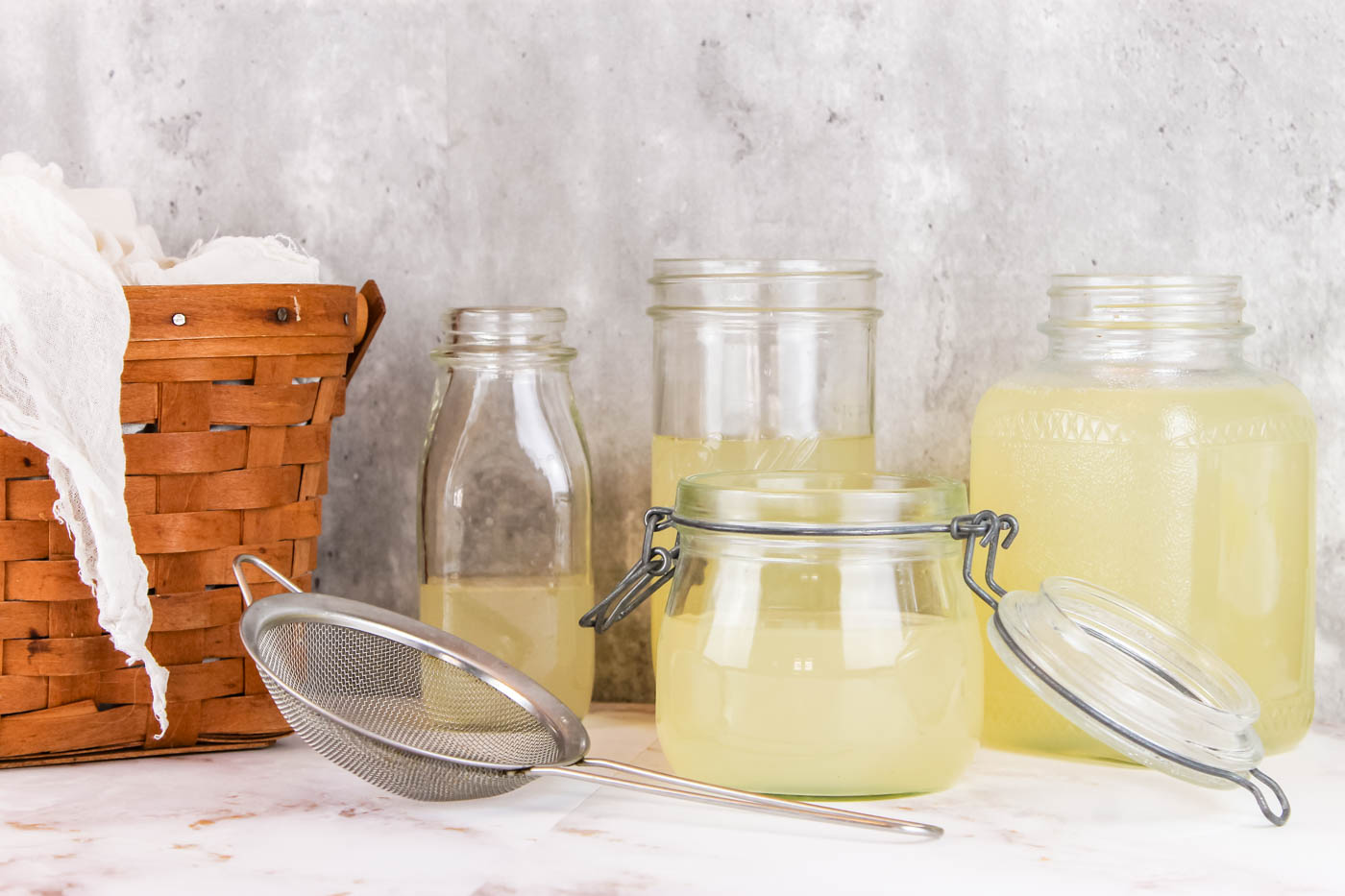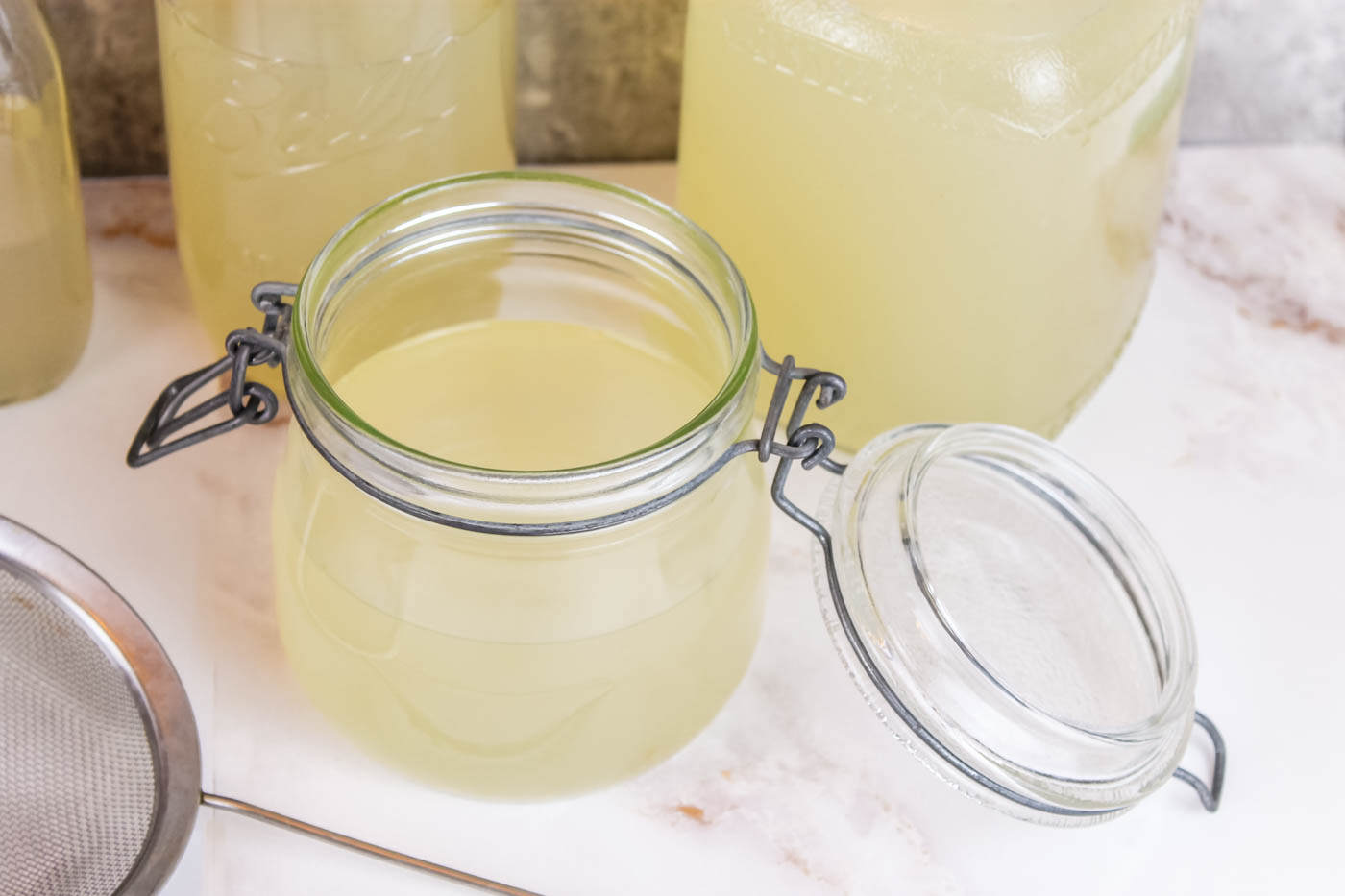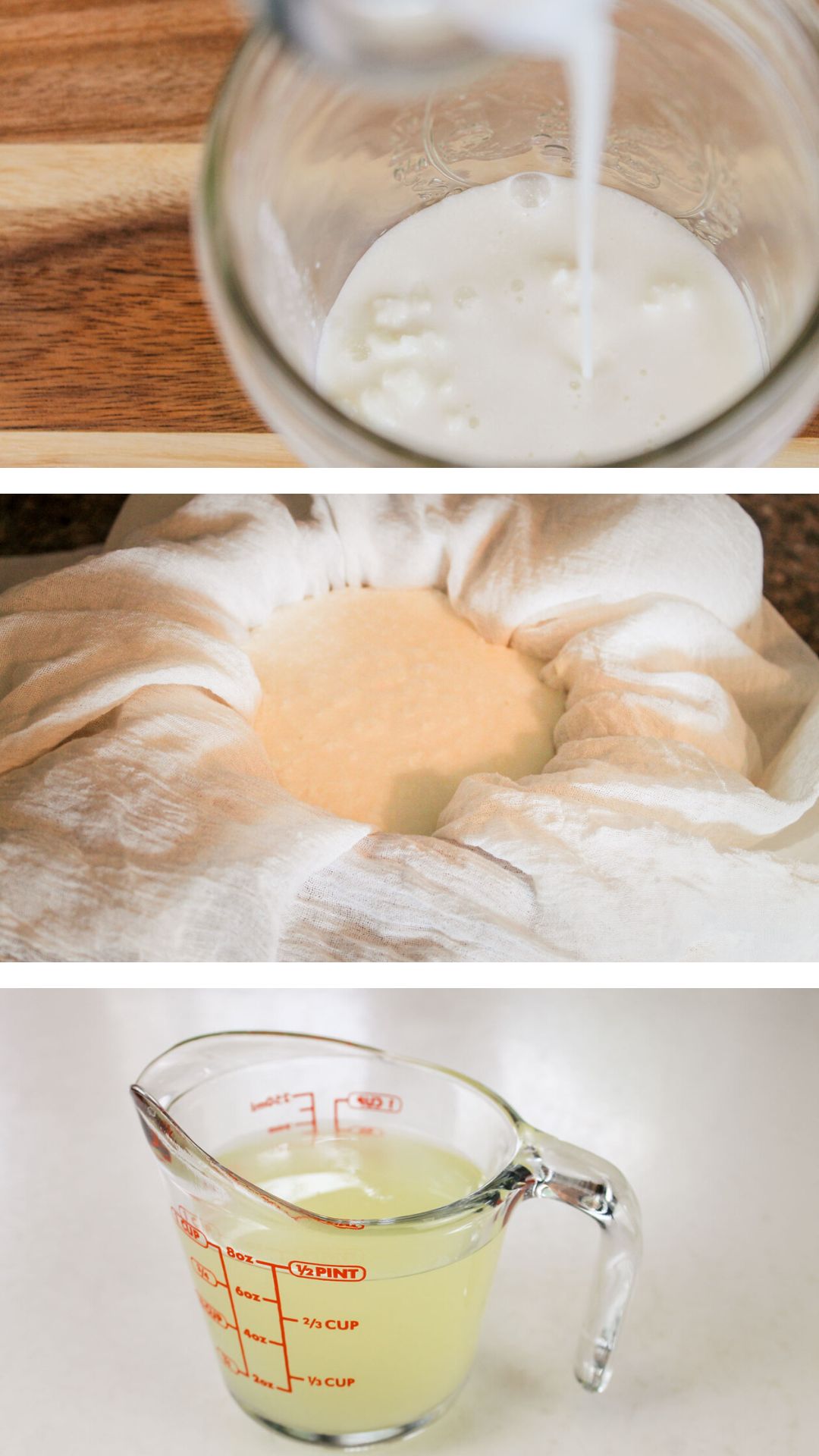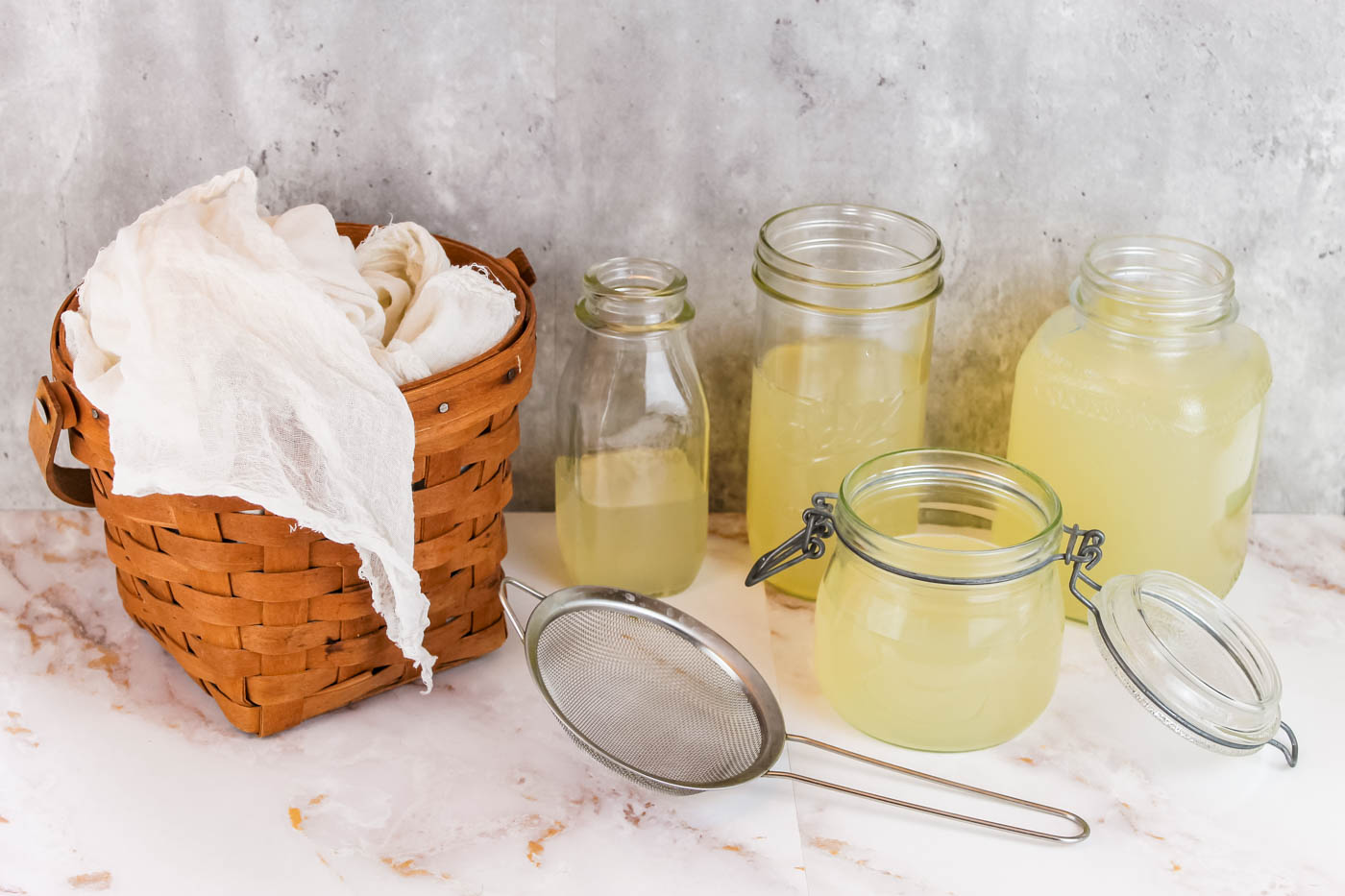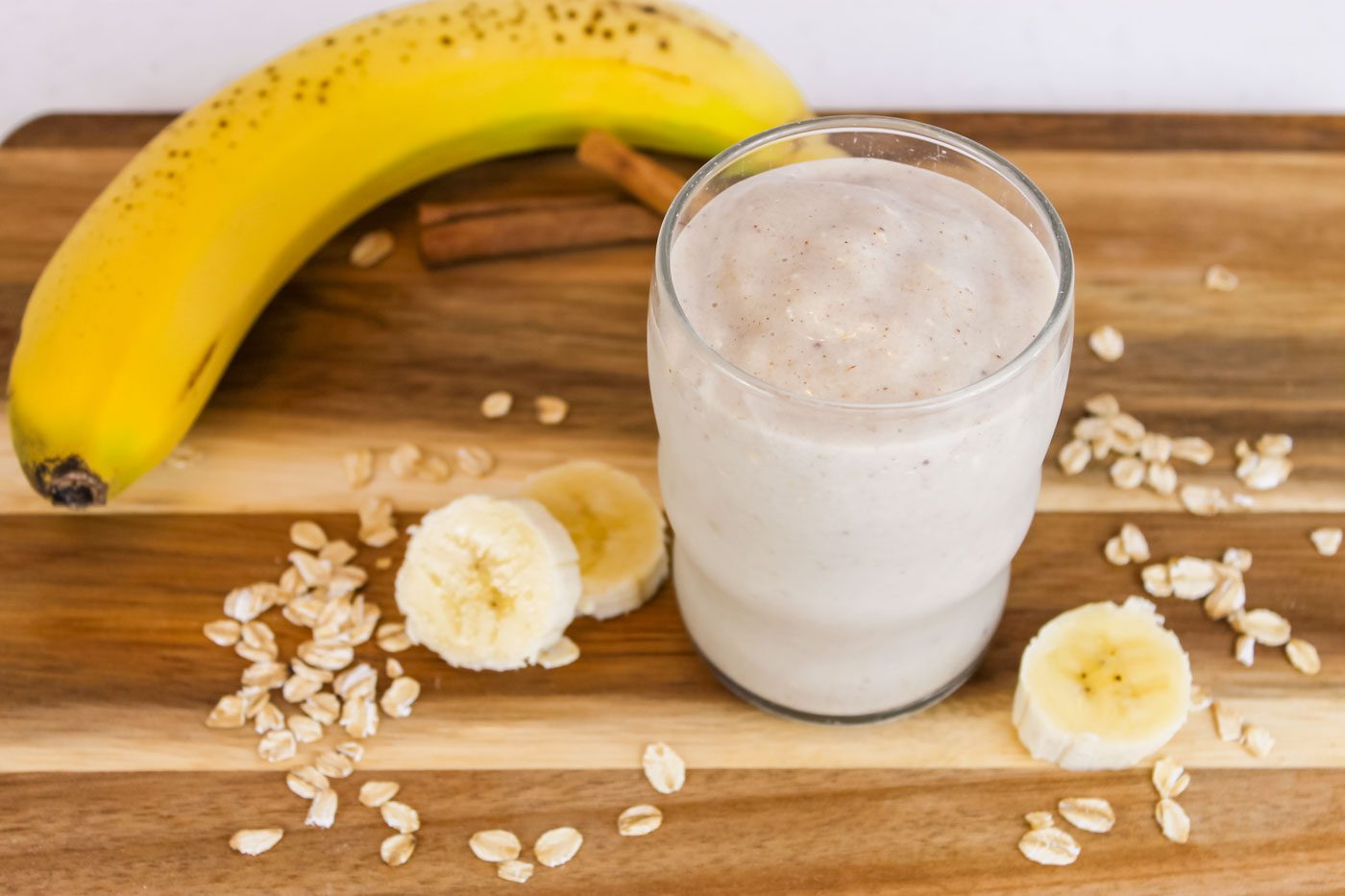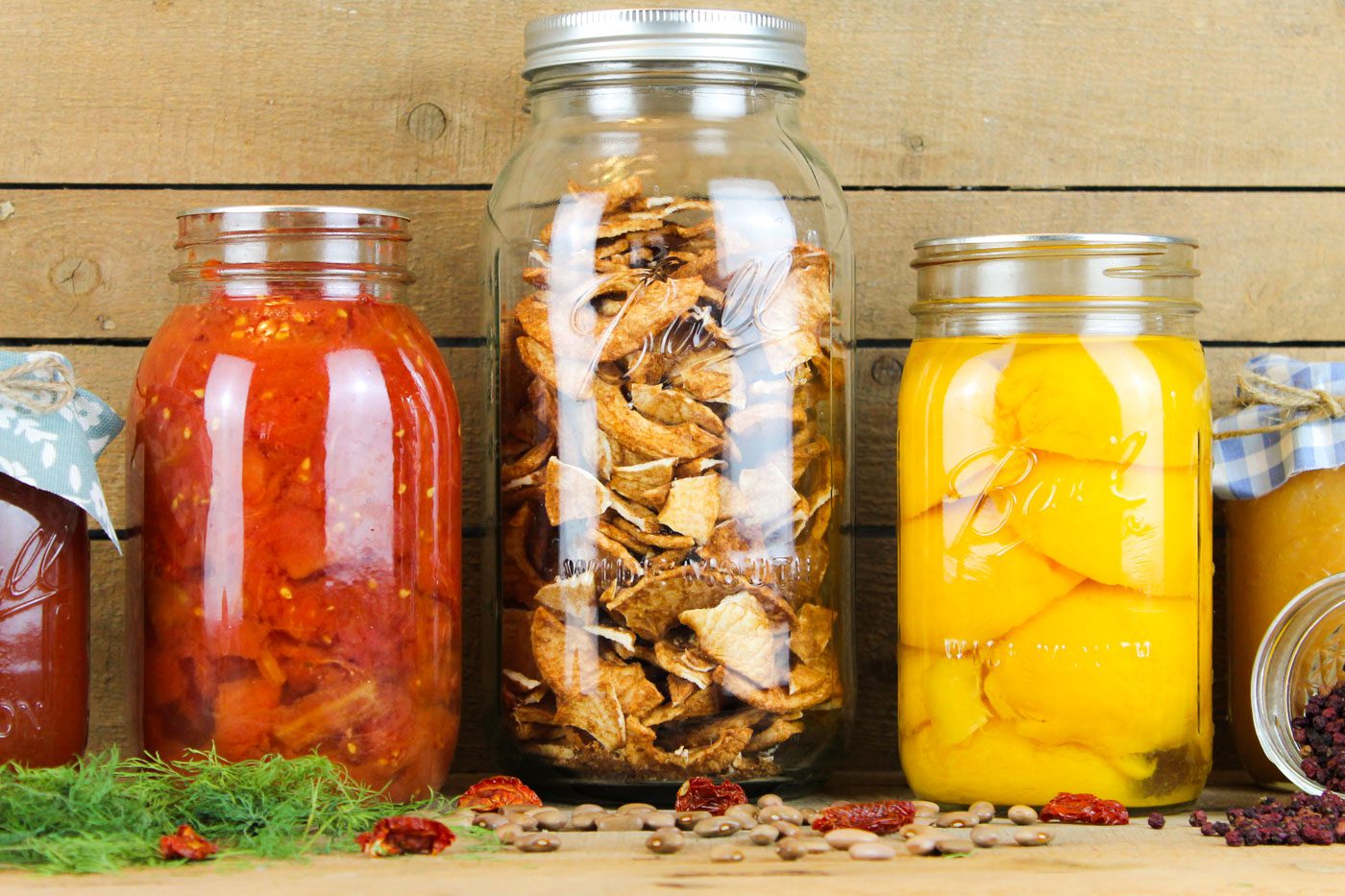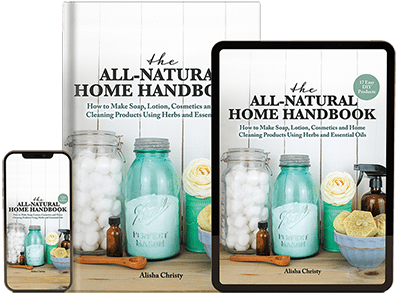Don’t toss out the whey! This precious liquid has been used throughout history to help hydrate individuals as well as bring healing to the sick and diseased. Discover 10 best ways to use whey in your kitchen.
Before becoming a homesteader, I knew very little about whey.
If someone would have asked me about the benefits of whey, I would assume they were talking about the popular whey protein that exercise enthusiasts like to add to their smoothies and shakes.
Little did I know that whey was far more than a powdered substance. This yellow liquid came from numerous foods such as cheese, milk kefir and yogurt and would soon become a valuable addition to our lives.
Today, we use whey in a variety of ways on our small homestead. Our favorite method is to transform the cultured liquid into homemade soda. Grape, strawberry, ginger and even whey lemonade — the sky is the limit to the infinite number of whey soda flavors.
As I experimented and delved deeper into probiotic soda making, I began to understand all of the possibilities of using whey in the kitchen. Below I’ve gathered up a list of the 10 best ways to use whey. May you find them helpful and perhaps discover a new process of using whey instead of pouring it down the drain.
What is Whey?
Containing many beneficial strains of bacteria, enzymes, protein, vitamins and minerals, whey is a must-have in any homestead kitchen. But exactly what is whey? And can you make your own whey?
Whey is the leftover liquid after milk has been curdled or strained. For example when you make homemade cheese such as mozzarella or farmer’s cheese, the remaining liquid is considered acid whey. However, in this post I will be focusing on sweet whey from cultured dairy products such as kefir or yogurt and how to get whey from straining these items.
Whey strained from milk kefir results in a yellow, translucent liquid. This substance is practically like liquid gold and can be used in a variety of ways, including making kefir soda. Read on to learn how to strain whey from cultured dairy.
How Do I Get Whey?
The easiest method to collect whey is to strain it from a cultured dairy product such as milk kefir or homemade yogurt. If you want to use store bought yogurt, make sure it is unflavored and contains live, active cultures.
Place cheesecloth or a coffee filter into a mesh strainer. Set the strainer over a bowl, add the kefir or yogurt and allow the whey to drip out for about 12 hours.
The remaining translucent yellow liquid is called the whey.
Tools You’ll Need to Strain Whey
This post contains affiliate links, which means I make a small commission at no extra cost to you. In any case, I only link to products we actually use on our homestead and that I believe can truly benefit to you. See my full disclosure here.
- Coffee filter, cheesecloth, or reusable nut milk bag
- Fine mesh strainer
- Deep bowl or large measuring cup
- Cultured yogurt, kefir, buttermilk or clabbered milk
- Storage container
How to Store Whey
To store whey, pour the liquid into a clean jar and place in the refrigerator. I like to store freshly strained whey in a glass mason jar with a plastic lid.
How Long Will Whey Last in the Refrigerator?
When kept in a sealed container within the fridge, whey will last for several months.
How to Use Whey
Have extra whey? Don’t just pour the valuable liquid down the drain. Learn all the useful ways to use whey in your kitchen!
1. Use as a Starter Culture to Ferment Other Foods
Fresh whey contains a host of beneficial nutrients from the original cultured dairy product. You can jump start the fermentation process of vegetables and fruit by adding a bit of whey to your jar. Be sure to use whey strained from fresh kefir or yogurt otherwise, if the whey is too old, it may have trouble fermenting your food properly.
2. Make Whey Soda
Using whey to make homemade soda is my absolute favorite way to use this healthy liquid!
Whey soda is a bubbly, probiotic-rich drink. To make a bottle, strain the whey out of milk kefir or even plain yogurt with live cultures, stir it into juice or a sugar water mixture and the bacteria in the whey will convert the sugar into lactic acid, creating a tasty fermented drink that is amazing for the gut and hydration.
My family and I love whey sodas so much, I created an entire eBook with 17 cultured beverage recipes. You can download a FREE copy here: Delicious Probiotic Soda Recipe Book. Or you can print out a few of our recent favorite whey soda recipes:
3. Soak Grains
Soaking grains overnight is an old tradition where it is thought to help make them more digestible. Grains such as wheat berries, oats or flour can be soaked in things like water, milk kefir and even whey.
4. Bake With It
Whey can be used in place of the liquid in baking recipes that call for water, milk or buttermilk. Try it out yourself in roll recipes, pancakes or tortillas.
5. Pour Onto Your Compost Bin
Compost for your garden can work miracles. Last year we grew several watermelons straight from a grow bag filled with only compost and wood chips. If you don’t know what else to do with your extra whey, try pouring it on your compost pile to add some extra bacteria.
Speaking of gardening, some may wonder can I dump whey in my garden? Yes, but with caution. Acid whey that comes from making cheese is too intense and can possibly harm your plants. Use cultured whey diluted with a healthy amount of water. This will nourish the plants without “burning” them.
6. Feed to Animals
A little whey poured over food or spooned into some water is great for both pets like dogs or farm animals such as chickens, pigs or goats.
7. Mix into Homemade Smoothies
Super easy to do and a great way to add or “hide” extra nourishment in homemade smoothies is by tossing the whey into a fruit smoothie. Here are our go-to probiotic smoothie recipes:
8. Use as a Marinade or Dressing
With the addition of spices and garlic, whey makes a nice marinade to tenderize meat before adding it onto the grill. Alternatively, you can also throw the whey into homemade dressing. A little splash should be plenty.
9. Skincare Product
Now I’ve personally never tried whey on my skin but it has been reported that it makes a great face wash and/or soothing toner. Check out this tutorial for kefir whey facial toner.
10. Preserve Food
Homemade condiment recipes are delicious and can be quite nutritious since they are made with minimal ingredients. The downside is that their shelf life isn’t very long.
For example, homemade mayonnaise. On average mayo only lasts a few days in the fridge. By adding a probiotic liquid such as whey, you can turn plain ol’ mayo into a lacto-fermented condiment that can last a lot longer than just a couple of days.
Learn how to make fermented mayo by watching this video from the Homesteading Family.
This list is just the beginning! There are dozens more ways to use whey. Share in the comments below how you like to use whey on your homestead?

